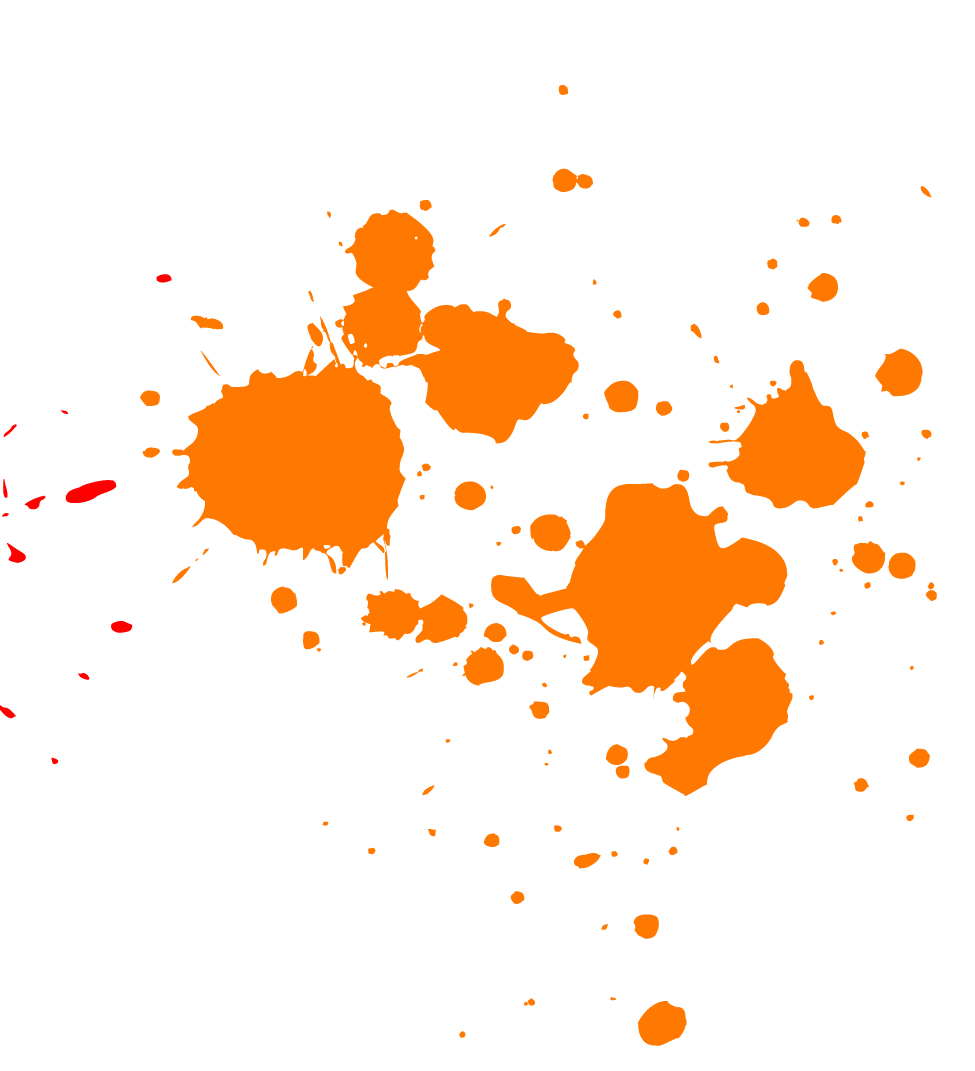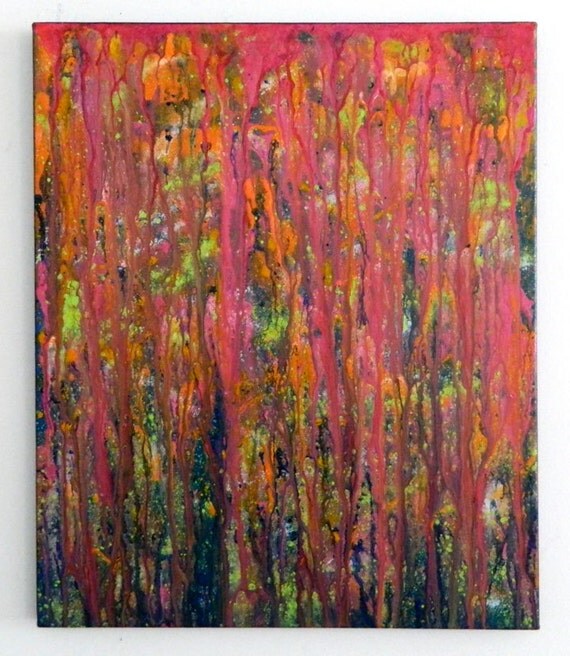

Brighter hues such as yellow and orange in particular are difficult to judge. Especially when a subject contains a wide range of colors. It’s a skill which can take some effort to master.

Judging the apparent value of colors is difficult. By exploiting this knowledge you can use values to generate more interesting and dramatic artistic results. The human eye is naturally drawn to the lightest part of an image. Making tones lighter or darker than they are in reality can help create depth and interesting focal points in a composition. This is where things get interesting! Manipulating values is an artistic tool often used to improve the composition of a painting. Note that values don’t have to represent the exact same tones of your subject. This is a kind of sketch which focuses on the light and dark tones in the painting. Indeed, many artists begin a piece of work by making a value study. Scrutinizing the values of your subject is a good place to start any painting. If you can faithfully reproduce the values of a subject you can produce a believable sense of three-dimensional space and light. In fact values are more important than color in your artwork! Value is an important concept to understand in art. The term “ value” is also known as tone or tonal value. Value is a fancy way of talking about the lightness or darkness in a painting, the darkest value being black, and the lightest value being white.

The result produces monochromatic harmony. With a monochrome color scheme you're guaranteed that the result will be harmonious because it’s impossible to have any conflict of color! You can’t make a mistake with just one color! The interest in this kind of painting comes from the levels of contrast created by the values you choose to paint. Sometimes, if you don’t plan the colors of your painting you can end up with an unhappy result and colors that clash with each other. You can’t get any more simple than a monochromatic color scheme. Monochrome painting shows up your technique and accentuates brush marks and water flow, so it’s great practice for improving your skills. The better your control, the better your watercolor techniques. Controlling water and control over brush strokes is a fundamental skill in watercolor art. Because of the transparency of watercolors, brush strokes, drips, and dried edges show up dramatically. The entire painting is executed in varying shades of a single color, ranging from dark to light.Īnother attribute of watercolors is that pigments flow in sometimes unpredictable ways (which in my opinion also adds to the beauty of this kind of painting). Monochromatic paintings are therefore limited to a single hue. The word monochrome originates from ancient Greek, meaning “ having one color”. Why? Because by removing the color from your work, you have to focus on the other key elements of painting: in particular tonal values and technique. Painting in monochrome is an excellent exercise for anyone beginning in watercolor. In watercolors the light values must come from the paper, and dark values can be added with successive layers of paint. Use of a single color also creates monochromatic color harmony. The artwork is limited to light and dark, which forces the artist to focus on the important tonal values of the composition. So what is monochrome painting in watercolor? Painting in monochrome means painting in only one hue. Where’s the fun in that? But what if I told you that this kind of painting is an excellent exercise for improving your watercolor skills, and a very useful tool for analysing a subject you want to paint. Painting watercolors in monochrome sounds pretty boring… Right? After all, your just painting with one single color.


 0 kommentar(er)
0 kommentar(er)
